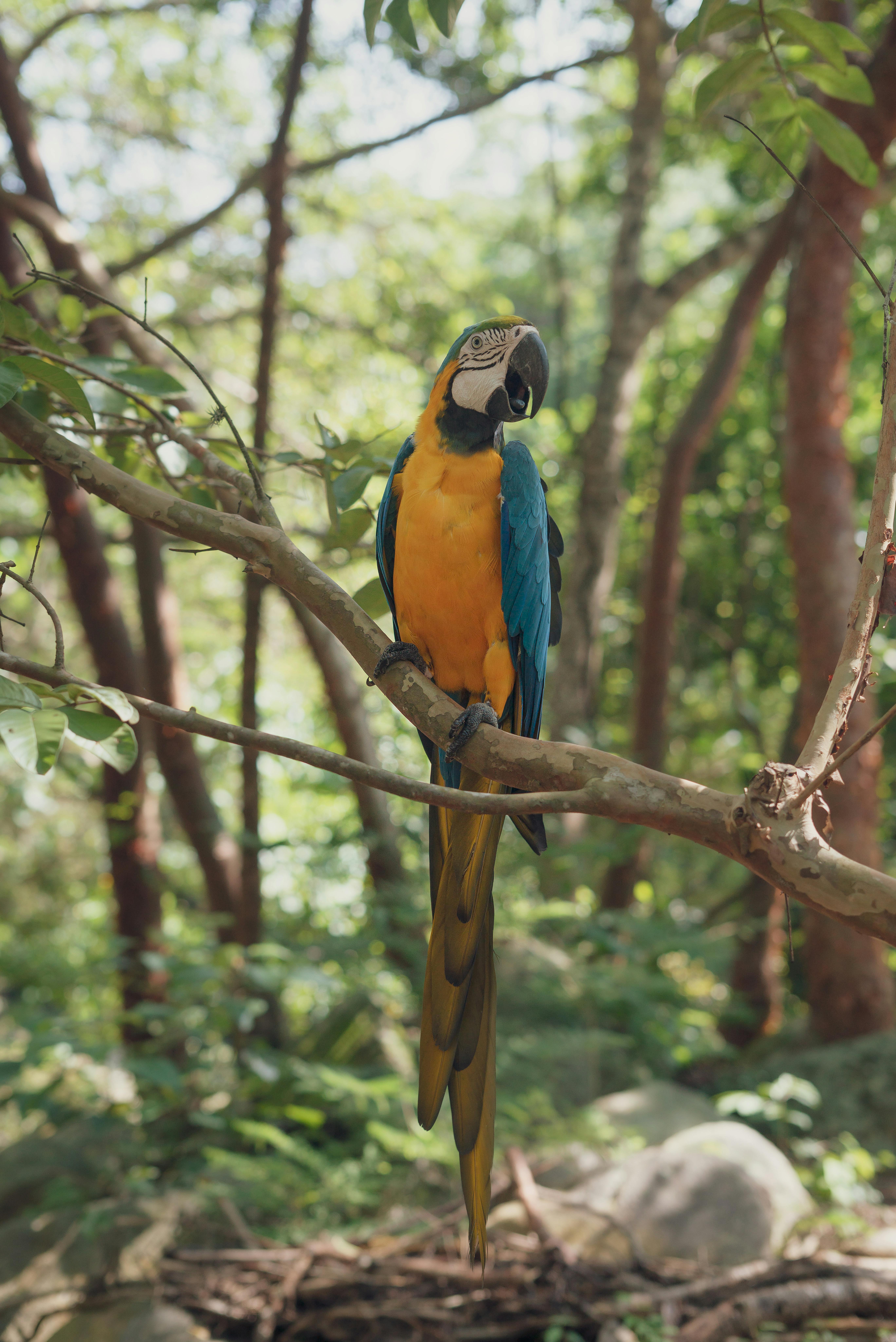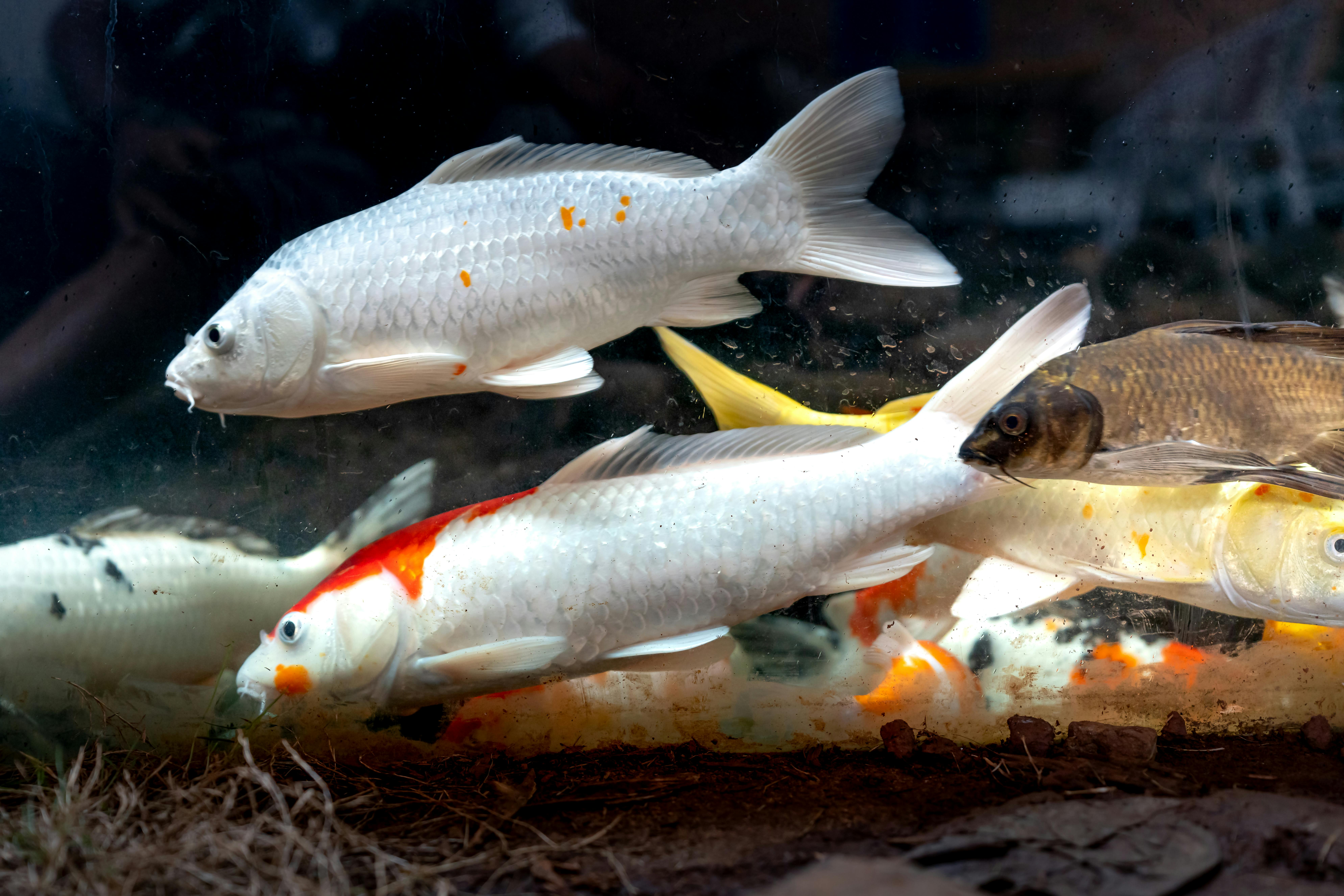
Understanding Angelfish Aggression and Temperament
Angelfish are a popular choice among aquarists due to their striking appearance and elegant swimming style. However, understanding angelfish aggression is crucial for maintaining a peaceful aquarium environment. In their natural habitats, angelfish exhibit a range of behaviors, including territorial displays and social interactions with other species. This article delves into the complex nature of angelfish behavior, helping you recognize signs of aggression and offering strategies to manage their temperament effectively.
One of the most significant aspects of angelfish behavior is their social structure. Typically, angelfish can be peaceful in community tanks, but their aggression levels can escalate during breeding seasons or when they perceive their territory being threatened. It's vital for aquarists to create an environment that minimizes stressors, ensuring a healthy and harmonious habitat. This guide will explore the most common signs of angelfish aggression, identify suitable tank mates, and provide effective management techniques to control aggressive behaviors in your aquarium.
Key takeaways from this article include understanding various signs of aggression in angelfish, identifying compatible tank mates, and best practices for creating a nurturing environment that promotes cooperative social behavior among fish.
Recognizing Signs of Angelfish Aggression
Recognizing angelfish aggression is essential for maintaining peace within your aquarium. Aggressive angelfish will often display specific behaviors that signal discomfort or territoriality. Some common signs include:
Body Language and Display Behaviors
Angelfish use their body language to communicate with one another, and understanding these signals can help aquarists manage aggression. Increased fin flare, typically accompanied by a puffed-up appearance, indicates a defensive stance against perceived threats. During these moments, it's not uncommon to witness angelfish chasing or nipping at other fish, which can lead to injuries.
Additionally, angelfish might engage in vertical positioning or oscillating movements. These displays serve as warnings to other fish, establishing a hierarchy within the tank. Monitoring these behaviors helps in making informed decisions about tank dynamics and adjustments needed for harmonious cohabitation.
Territorial Threats and Aggression
Territorial disputes are common among angelfish, particularly in smaller aquariums where space is limited. Angelfish may aggressively patrol areas they perceive as their territory. Observing these aggressive interactions becomes crucial, especially when introducing new fish to the habitat. A well-planned tank layout can help reduce conflict, providing hiding spots and ample space for all species present.
Breeding Behavior and Increased Aggression
During breeding seasons, angelfish are notorious for displaying aggressive behaviors, leading to potential conflicts with other fish in the tank. Mated pairs can become especially territorial, and it’s essential to monitor their interactions carefully. Understanding the signs of angelfish aggression during breeding will help aquarists manage situations effectively, ensuring other tank inhabitants are safe from attack.
To alleviate stress during the breeding period, aquarists can create secluded breeding grounds using suitable decorations and plants, which provide both security to the breeding pair as well as refuge for other fish. This strategic setup can minimize aggression and promote a thriving aquarium environment.
Choosing Compatible Tank Mates for Angelfish
Choosing tank mates for angelfish requires careful consideration of their temperament and behavior. Compatible tank mates can significantly reduce aggression while fostering a peaceful aquarium ecosystem. When selecting fish for your tank, consider the following factors:
Best Practices for Selecting Tank Mates
Selecting the right tank mates begins with understanding both the temperament of angelfish and the characteristics of potential partners. Typically, peaceful fish species make the best companions for angelfish. Examples include various types of tetras, guppies, and Corydoras catfish. These species can coexist harmoniously with angelfish as they tend to ignore territorial disputes.
Avoid pairing angelfish with overly aggressive fish such as cichlids or other large territorial species that may provoke conflict. Compatibility is key, and using the angelfish compatibility chart can assist in determining suitable tank mates.
Understanding Fish Size and Temperament
Size differences among fish can influence aggression levels. Ensuring that the tank mates are of similar sizes decreases the likelihood of bullying or aggressive interactions. For instance, smaller fish may appear as easy targets for angelfish, resulting in stress or injury. Thus, matching sizes while selecting species can be pivotal in achieving harmony within the aquarium.
Creating Refuge for Timid Fish
It’s important to establish an environment that includes hiding spots for timid fish. Natural decorations like plants, rocks, or appropriately placed driftwood provide essential refuge areas for smaller or less assertive tank mates, allowing them to thrive alongside angelfish. This setup not only alleviates stress for vulnerable species but also reduces overall aggression in the tank.
Strategies for Managing Angelfish Aggression
Effective management of angelfish aggression enhances the overall fish keeping experience. Here are several strategies aquarists can employ to deal with aggressive behaviors:
Environmental Enrichment
Providing environmental enrichment is instrumental in reducing aggression among angelfish. Use various aquarium accessories such as plants, rocks, and hideouts to create an engaging environment for all fish. A stimulating habitat encourages natural behaviors, allowing angelfish to express themselves without resorting to aggression.
Additionally, maintaining optimal water conditions – such as pH, temperature, and cleanliness – promotes good health, ultimately contributing to diminished aggression. Routine water changes and tank cleaning are essential components of effective angelfish care.
Monitoring Tank Dynamics
Constantly monitoring fish behavior plays a critical role in preventing aggression from escalating. Be aware of changes in your angelfish's behavior, as sudden aggression may indicate underlying problems. Regular observation allows aquarists to identify triggers and adjust the tank setup or conditions appropriately.
Documenting behaviors, successful interactions, and signs of stress can contribute to a better understanding of the aquarium dynamics, equipping fish keepers with essential insights for future management.
Utilizing Calming Techniques
When all else fails, consider employing calming techniques to help manage aggressive angelfish. Techniques can include adjusting lighting, minimizing noise levels, and reducing external disturbances. Sometimes, softening the tank’s environment can contribute to angelfish tranquility, fostering better social interactions.
Moreover, introducing natural calming agents, such as tannins from driftwood or certain plant types, can create conducive environments that help in easing aggression.
Handling Aggressive Angelfish During Breeding
Breeding angelfish can be a rewarding yet challenging experience, particularly when aggression levels rise. Implementing specific strategies can help manage aggressive behavior during this crucial stage:
Proper Tank Setup for Breeding
Creating an ideal tank setup for breeding angelfish is imperative to reduce stress and aggression. Ensure that the breeding pair has designated breeding sites that are secluded from other fish. Use flat surfaces like smooth stones or bred mats that facilitate spawning while offering a secure space for the pairing.
Maintain optimal water conditions and provide ample hiding spots, ensuring that non-breeding fish can escape potential aggression. A proper breeding environment contributes to the success of your angelfish mating ritual while preserving the wellbeing of other species in the tank.
Separating Aggressive Pairs
In extreme cases of aggression, separating breeding angelfish might be necessary to safeguard the rest of the tank. Utilizing a breeding box or separate tank allows the mated pair to continue breeding without endangering their tank mates. Make sure that the isolated tank maintains similar water parameters to avoid stress.
Once breeding has concluded, carefully reintroducing the pair to the main community tank can be executed, monitoring their behavior closely to ensure peace among all inhabitants.
Conclusion
Understanding and managing angelfish aggression is fundamental for successful fish keeping. Recognizing signs of aggression and implementing effective strategies can create a healthy environment for both angelfish and their companions. By considering appropriate tank mates, enriching their habitat, and paying attention to social dynamics, aquarists can foster a tranquil aquarium that celebrates the beauty of angelfish.
Through dedicated observation and care, fish keepers can enhance not only the wellbeing of their angelfish but also the overall dynamics of the aquarium. By employing these techniques, you can enjoy a vibrant community tank where all species flourish, creating a fulfilling aquarist experience.

